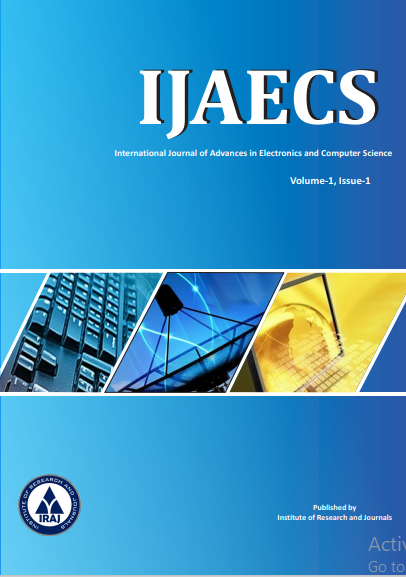Publish In |
International Journal of Advances in Electronics and Computer Science-IJAECS |
 Journal Home Volume Issue |
||||||||
Issue |
Volume-6,Issue-11 ( Nov, 2019 ) | |||||||||
Paper Title |
New Recommendation System Technique used to Solve Sparsity, Accuracy and Novelty Challenges | |||||||||
Author Name |
Marwahussien Mohamed, Mohamed Helmykhafagy, Mohamed Hasan Ibrahim | |||||||||
Affilition |
Information Systems Department Computer Science Department, Cairo, Egypt October 6 University, Fayoum University | |||||||||
Pages |
44-50 | |||||||||
Abstract |
The recommender systems are the most significant research zone today because of the rapid development of data on the web. Recommender systems help users to settle on a choice about which item they have to buy, which movies they want to watch and which music they want to listen to on the web this likewise part of the E-commerce business. The most suitable and effective strategy of recommender systems is collaborative filtering techniques that it suggests things based on similarly invested users past rating and viewing lists. Collaborative filtering suffers from little rating on items from users this cause sparsity problem, and it's a challenge led to poor accuracy to recommender list to users. In this research, we need to solve the sparsity problem and increase the accuracy of recommendation by applying our experimental on users' implicit interaction records on items and explicit rating records on items. We use association rule to count play songs per transaction and compute similarities by cosine vector similarity to make a recommendation. Our experimental results applied on million song datasets- Last.fm datasets implicit and explicit data. Also, show that the new proposed algorithm has the best performance and more accuracy compared to basic collaborative filtering techniques when data are spare using precision, recall, and F-metrics evaluations and recommend novel items to users. Keywords - Recommender Systems, Collaborative Filtering, and Content-Based Filtering, Association Rule Mining. | |||||||||
| View Paper | ||||||||||